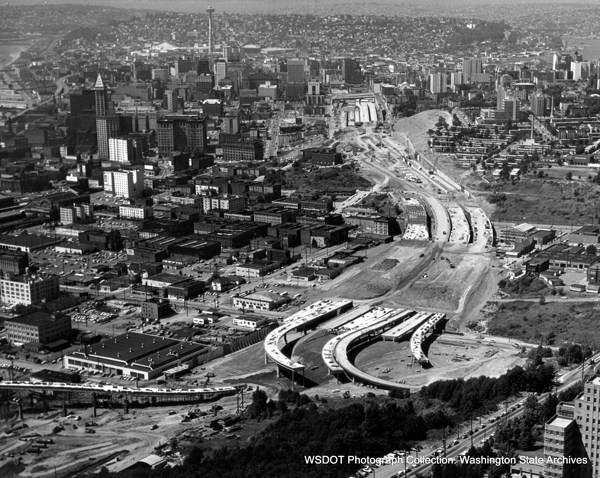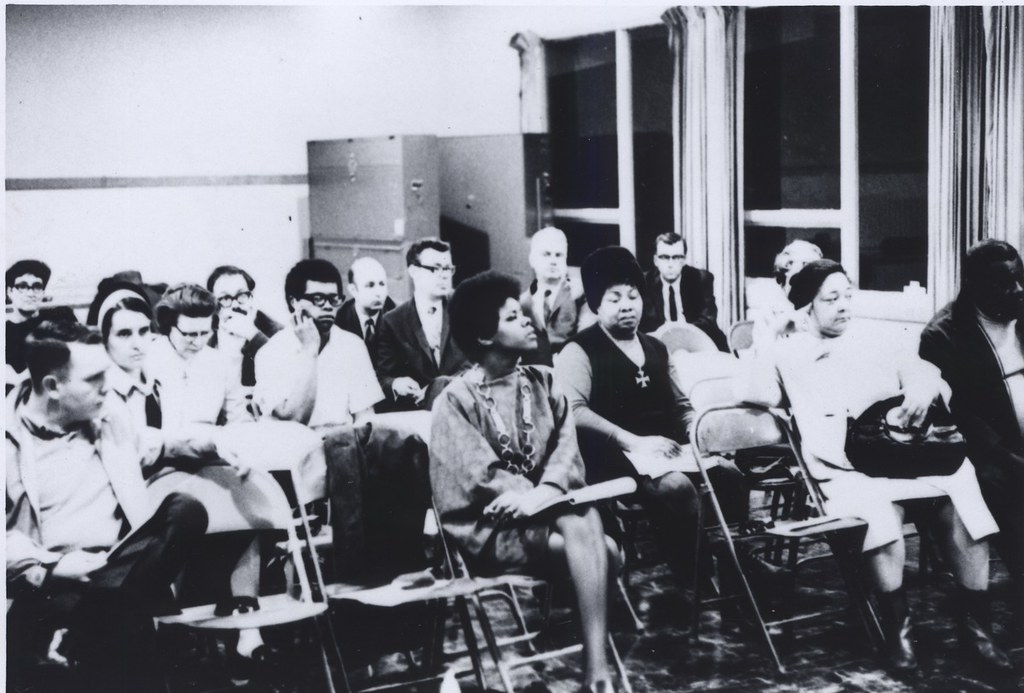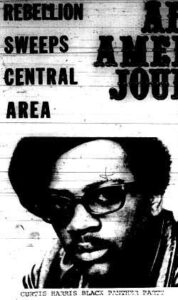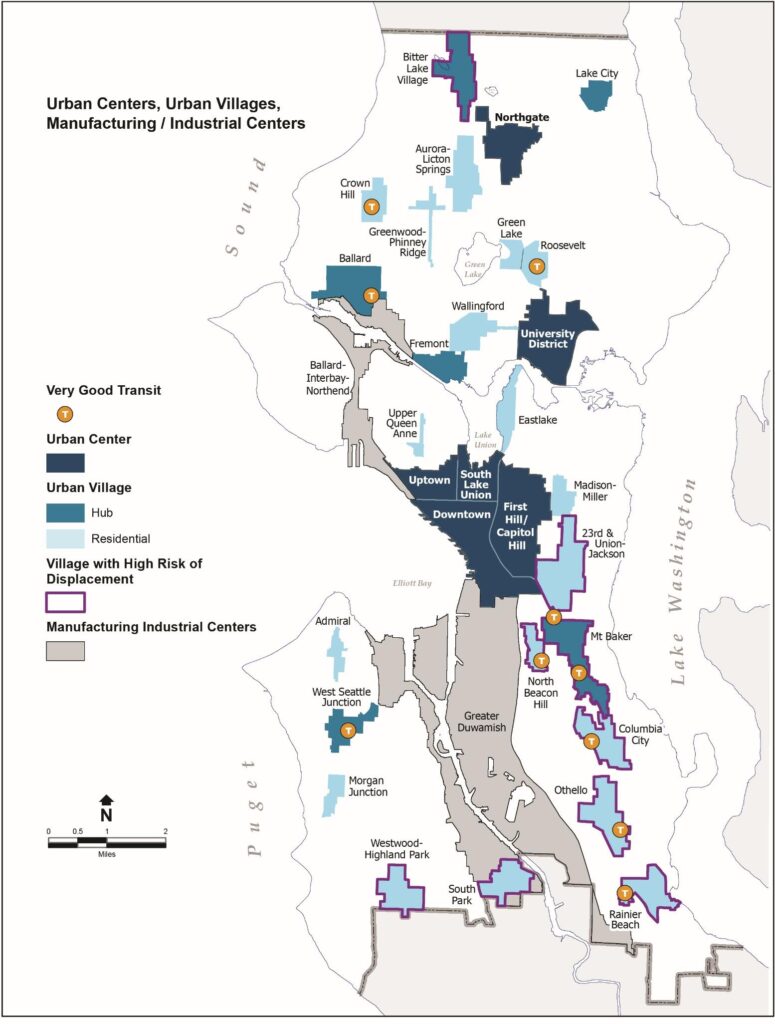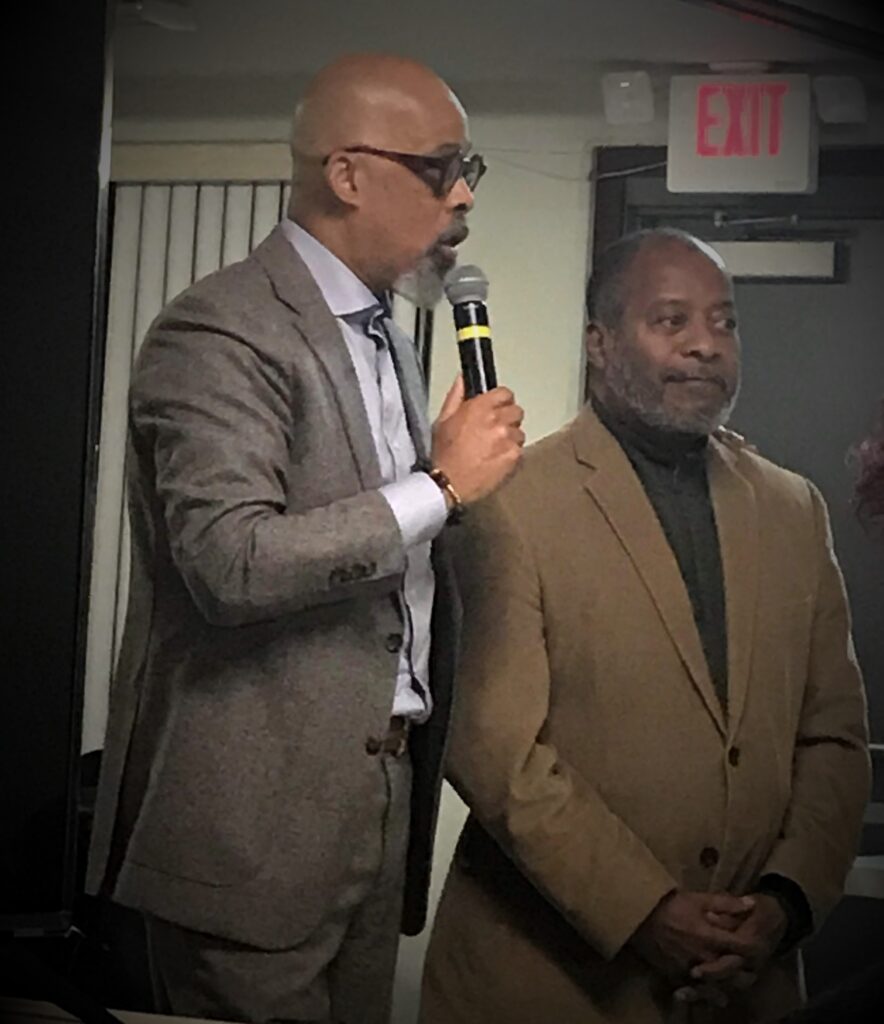Seattle Black History Milestones
Seattle’s Central District has a rich history of cultural diversity and community resilience. The neighborhood was also formed by a long history of structural racism and a more recent history of gentrification and displacement. Many of the challenges the Central District faces today can be directly tied to policies at the federal, state and local level over time. In tandem with the policies that restricted and separated communities, the residents of the Central District built a neighborhood rich in culture and community support for the African American community.

Racially Restrictive Covenants (1920s – 1960s)
Racially restrictive covenants are clauses written into property deeds for individual homes or entire neighborhoods that explicitly prohibit certain racial groups from occupying the property, either through purchasing or renting. The covenants were legally enforceable until a U.S. Supreme Court ruling in 1948 and even after that point they were..Read More
National Housing Act (1934)
The National Housing Act of 1934 created the Federal Housing Administration which was responsible for two major policies that supported racial segregation at the national level. The long-standing impact of these policies is that in a country where most families gain wealth through homeownership, white families were given government-subsidized mortgages..Read More
First Umoja Festival (1940s)
An annual festival held to celebrate African heritage and Black culture, Umoja Festival has been occurring for over 70 years and is an excellent example of the strong role Seattle’s Central District has played in providing the Black community of the Pacific Northwest with a space to gather and unite..Read More
Federal Highway Act (1956)
The Federal Highway Act of 1956 led to the building of an extensive interstate system across the U.S. and while it was touted as a path to greater mobility for all, the implementation of highways in cities largely led to wide-scale displacement and the devastation of minority and low-income neighborhoods..Read More
Congress of Racial Equality Seattle Chapter Founded (February 1961)
Seattle’s chapter of CORE was an interracial group of activists fighting for racial equality. Their efforts focused on increasing equity in opportunity in areas such as employment, housing, and education. They staged a number of boycotts and protests that were successful such as their grocery store campaign that succeeded in..Read More
MLK Jr. Visits Mt. Zion during the Civil Rights Movement (November 1961)
Martin Luther King Jr. was invited to Seattle by Reverend Samuel B. McKinney of Mount Zion Baptist Church in 1961. The African American church has long served as a resource for community activism and as a rallying point for change. Interest in hearing MLK Jr. speak quickly outpaced the capacity..Read More
Central Area Motivation Program (CAMP) Founded (August 1965)
A project co-funded by the Central Area Community Council and the Seattle Urban League, CAMP is one of Washington’s oldest community organizations that still operates today as Byrd Barr Place in the Central District. Since the 1960s, the organization has worked to provide economic support to Seattle’s low-income community to..Read More
Seattle Model Cities Program Funded (1967)
As a result of the War on Poverty, Congress passed the Federal Demonstration Cities and Metropolitan Act of 1966. Seattle was the first city to receive funding for its Model Cities Program and chose to focus its attention on the Central Area, Pioneer Square and the International District. The program..Read More
Seattle Passes Open Housing Ordinance (April 1968)
After much pressure from local community organizations, the City of Seattle finally passed an ordinance prohibiting discrimination based on race for both housing sales and rentals. The ordinance was headed up by Sam Smith, Seattle’s first African American City Council Member. Resource: Frantilla, Anne. “The Seattle Open Housing Campaign, 1959-1968.”..Read More
Seattle Chapter of the Black Panther Party Founded (1968)
The Seattle chapter of the Black Panther Party was the first chapter of the party to form outside of California. In addition to their activism, the local chapter provided several direct services to the Central District community including free breakfasts for children and a free medical clinic. Resource: Givens, Linda...Read More
Fair Housing Act (1968)
The Fair Housing Act was part of the larger national Civil Rights Act of 1968 and was intended to make discrimination in the buying, selling or renting of housing illegal at the individual level (making racially restrictive covenants and racist lending practices illegal) and to promote integration across communities. However,..Read More
Liberty Bank Opens (May 1968)
As most banks in Seattle upheld redlining and refused to lend mortgages or small business loans to people of color, Liberty Bank is a strong example of how the Central District community pulled together its own network of supportive services. Liberty Bank opened in May of 1968 and was Washington..Read More
Carolyn Downs Family Medical Center Founded (1968)
The Carolyn Downs Family Medical center was founded in 1968 by Leon Hobbs, as part of Seattle’s Black Panther Party’s community services program. Originally named the Sydney Miller Free Medical Clinic, it was renamed in tribute to Carolyn Downs, a community organizer for the Black Panthers, in 1978. Resource: Zhong,..Read More
Black population of Central District reaches its peak concentration at 73% (1970)
By the 1970s, census data shows that Black residents comprised 73% of the population in the Central District. Another 11% of the population in the neighborhood included other people of color such as Asian Americans and Hispanic residents and only 16% of the population was white. Although the area formed..Read More
President Nixon Declares a War on Drugs (1971)
President Nixon declared a war on drugs and launched a campaign that criminalized drug use and largely targeted those who protested the Vietnam War as well as people of color. Rather than approaching a rising drug problem with much-needed treatment programs, Americans were imprisoned on an unheard of scale. A..Read More
Black population decreased to 47% by the 1990s
By the 1990s, the Black population of Seattle began to leave the Central District and started to move south into the Rainier Valley. The map included here shows the concentration of Black residents by Census block group using 1990 Census data. In just the 20 years between 1970 and 1990,..Read More
Seattle’s Urban Village Strategy (1994)
In response to the Washington State Growth Management Act of 1990, Seattle adopted a number of Urban Village designations across the city to create zones that would absorb the majority of population growth in the coming years. In the Central District, an area referred to as 23rd & Union-Jackson was..Read More
Miss Helen’s Diner Closes (2001)
Miss Helen’s Diner, a staple Black-owned business in the Central District served up heart-warming soul food from 1970 to 2001 when the restaurant space was damaged in the Nisqually earthquake in 2001.
Seattle Mandatory Housing Affordability Policy Upzones 23rd & Union (2017)
With the Mandatory Housing Affordability policy comes additional upzoning in the 23rd and Union corridor of the Central District. While requiring new development to include affordable housing units can provide much needed housing for low-income residents of Seattle, the increased density allowances will likely put additional pressure to sell on..Read More
Nehemiah Initiative Founded in October 2018
The Nehemiah Initiative was founded in October 2018 by the leadership team after many conversations and deliberations about the concerns of historically Black churches in the Central District and throughout the Seattle area. The group decided to formalize their conversations into an initiative so they could bring others in to..Read More
By 2018, the Black community makes up only 16% of Central District
By 2018, 5-year American Community Survey data estimates the Black population of the historically redlined area of the Central District is only 16% of the total population. The area is now overwhelmingly composed of white residents. The four maps below show how the concentration of Black residents in the area..Read More
Federal, state, and local policies along with local community events have brought the Central District to the current moment where the neighborhood’s rich history of African American culture and community is at risk of disappearing. The Nehemiah Initiative seeks to draw upon the cultural power and property wealth of African American churches in the Central District to preserve and rebuild a community hub for Seattle’s African American population.


